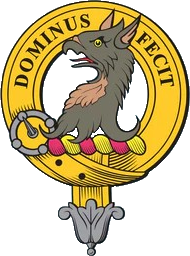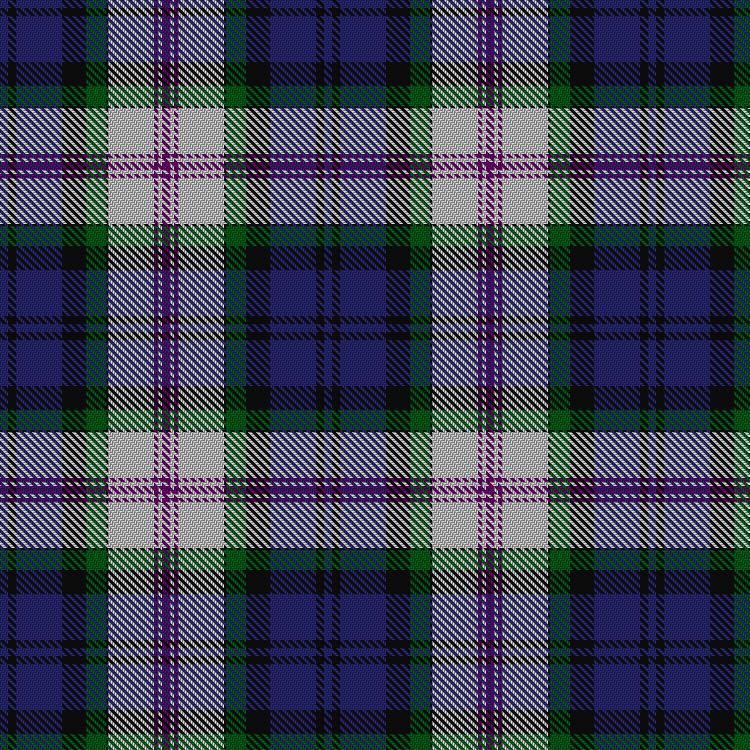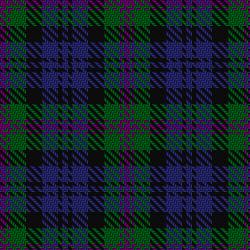CREST: A gryphon’s head erased, Proper.
MOTTO: Dominus Fecit: The Lord made
Name Variants: Baaird, Baard, Bard, Barde, Bardt, Barr, Barth, Bayard, Beaird, Beard, Biard, and Byrd
The Bairds of Ordinhivas and Auchmedden (including the Bairds of Byth and their heirs) from the 15th C. to the early to mid-17th C. constituted a clan especially in comparison to similar clans histories of the time. During the 17th C. the clan system slowly broke down, and the Bairds were no different. By the Late 17th C., we read how the Sir James Baird of Saughtonhall oppressed the Highlanders in their region. By 1745, vestiges of the Clan system can be detected but the clan itself had assimilated back into the lowland world. This assimilation is similar to other clans that assimilated rapidly to the point that they no longer appeared as Gaelic-speaking clans such as the Campbells and Frasers.
Under the Modern definition of Clan, the Bairds are also clan as Sir James Baird of Auchmedden registered his arms as Chief of the Name in 1672. Under this definition, the Bairds in modern times represent a “Modern Clan” although evidence supports that the Bairds were also a historical clan. In conclusion, Bairds are a clan based on comparison to accepted criteria by modern historians. The Bairds maintained the structure, lands, and cultural markers of clans. In comparison to similar clans in Scotland in the time period, it is clear that the Bairds lost their clan identity in the 17th century. The Baird Clan identity is neither anachronistic nor modern creation although it additionally meets the modern definition of a Clan. Members of the Clan Baird are heirs to a magnificent heritage waiting to be discovered.
For a printable pdf of this information, click
HERE



